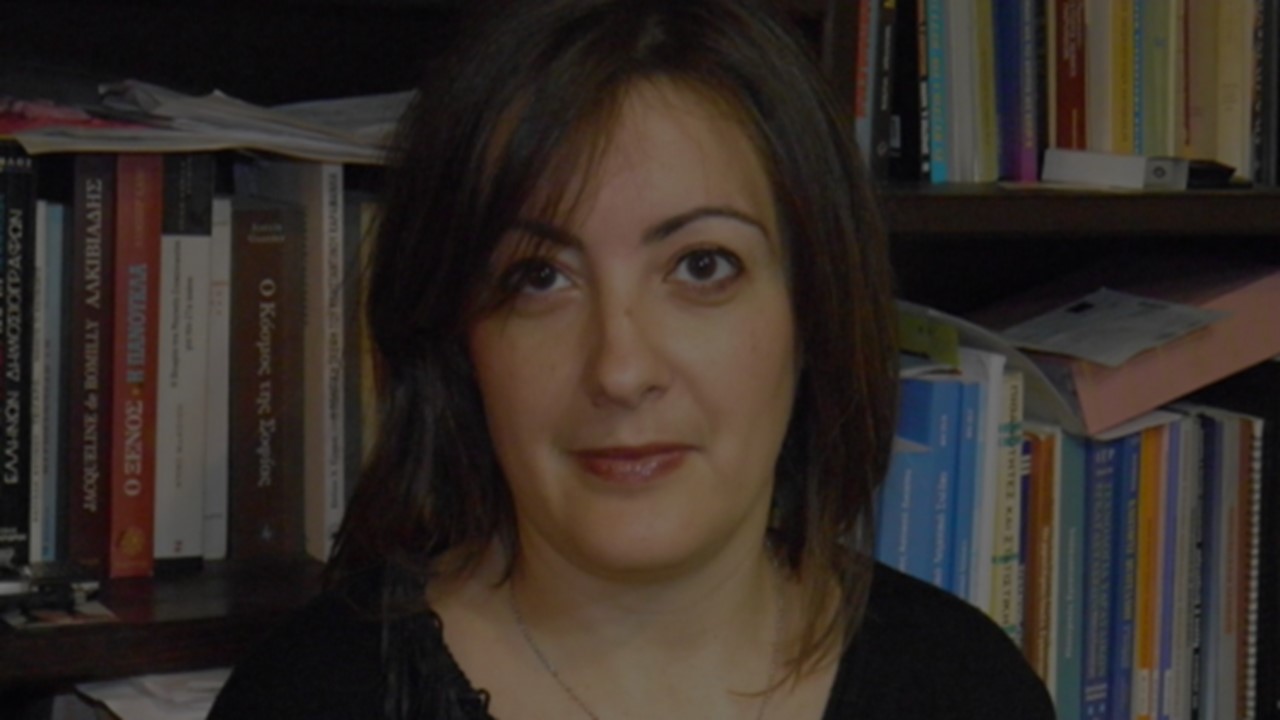The course is a basic introductory course on the principles of food preservation. The course material includes: Causes of food spoilage. General principles of food preservation. Thermal processing. Reaction kinetics of (thermal) destruction and quality deterioration of foods. Design of thermal processes. High hydrostatic pressure processing. Drying. Low temperature preservation (chilling, freezing). Emphasis is given to the design of thermal processes, which is used as a teaching model for other preservation technologies.
Upon successful completion of this course the student will become familiar with the various technologies of food preservation with emphasis be given on the safety and quality of the final product. The student will be able to quantify the changes on the quality factors and safety parameters that take place in the product during the various preservation processes.


